This week's featured birds are an American Robin, Common Grackle, House Finch, American Goldfinch, and Red-Bellied Woodpecker.
I typically watch and count birds on Saturday and Sunday. This is my report for 26-27 March 2022.
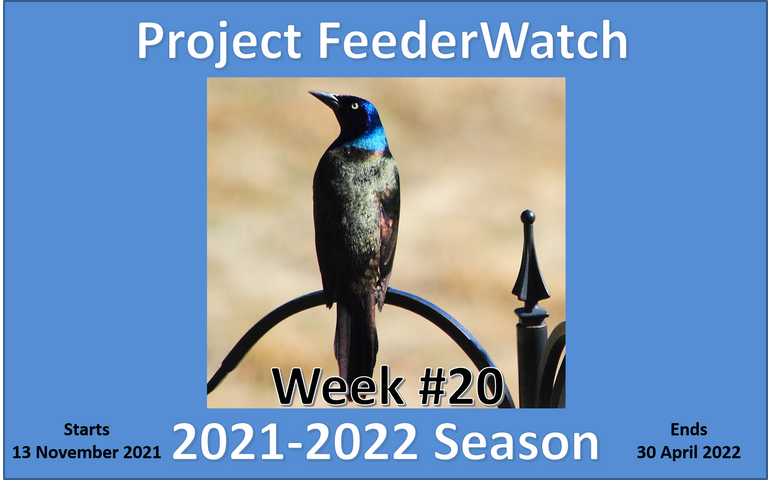
An early morning visitor to my feeder area during the weekend was this squirrel.
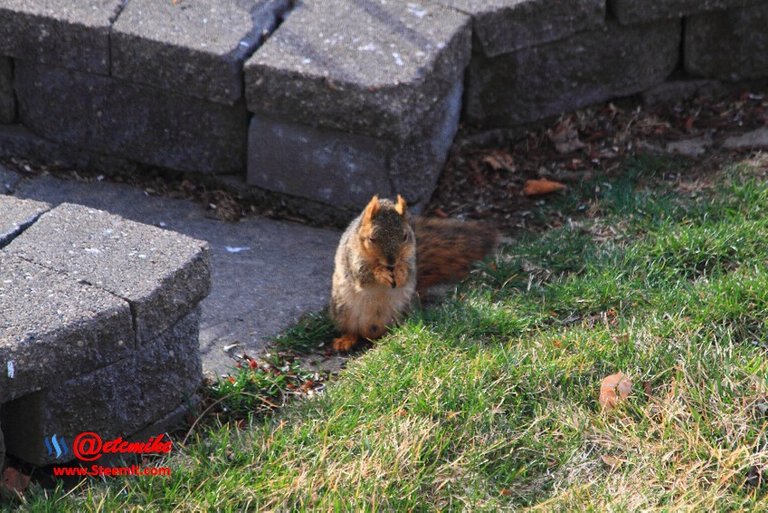
Original Photos
Bird Watching Notes
American Robin (Turdus migratorius, ORDER: Passeriformes, FAMILY: Turdidae)
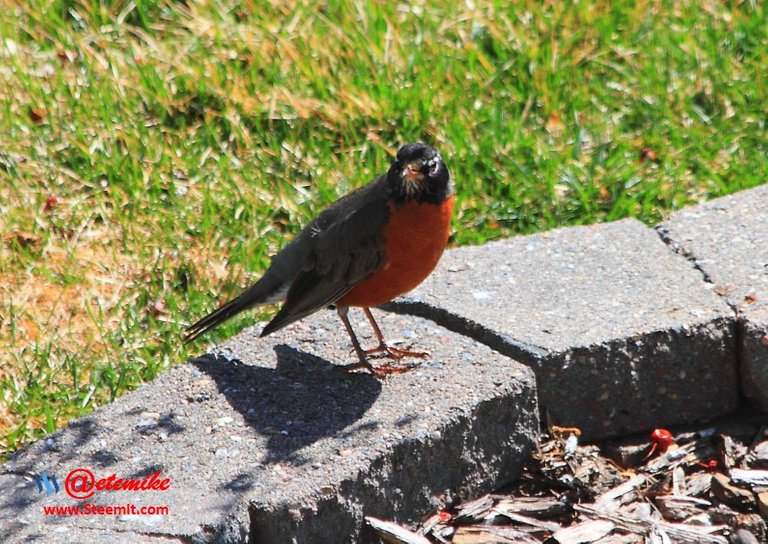
Original Photos
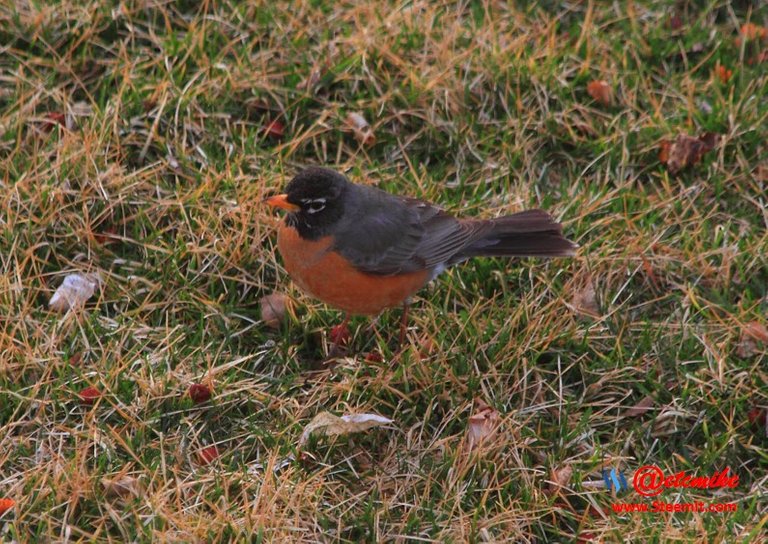
Original Photos
Range map for American Robins throughout North America.
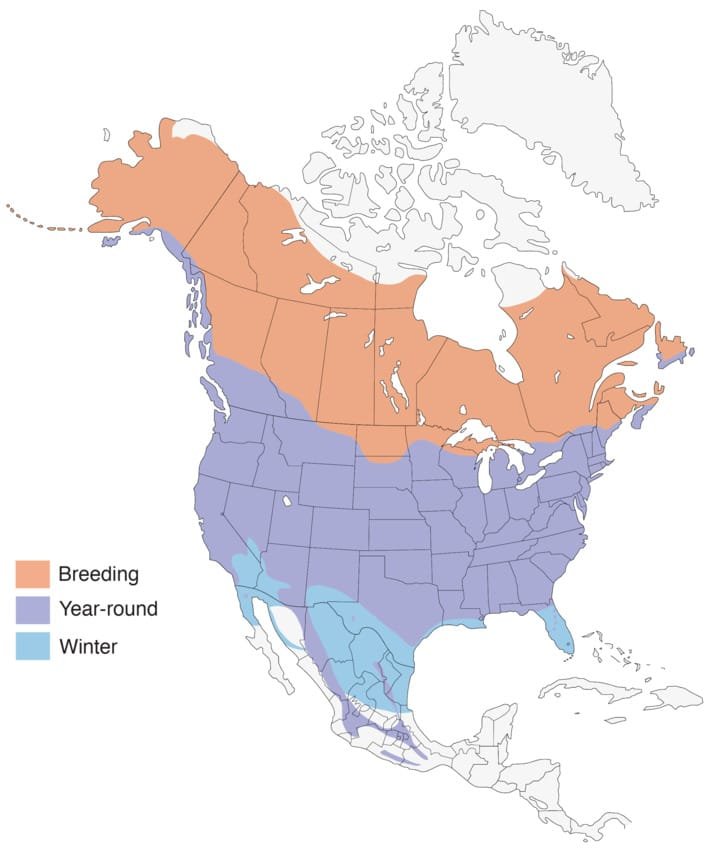
Image Source
You can learn more about the American Robin at the "All About Birds" webpage.
Common Grackle (Quiscalus quiscula, ORDER: Passeriformes, FAMILY: Icteridae)
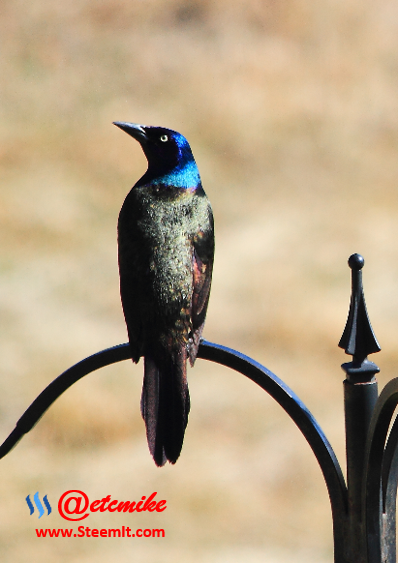
Original Photos
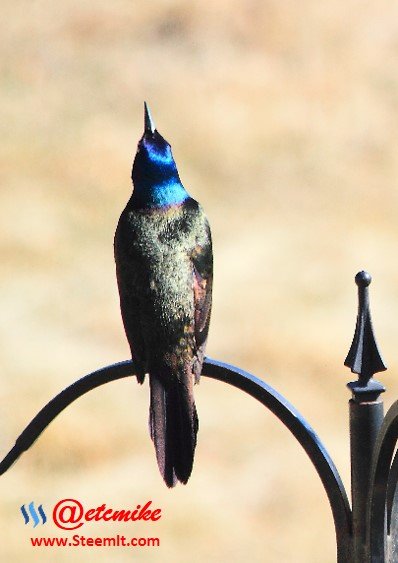
Original Photos

Original Photos
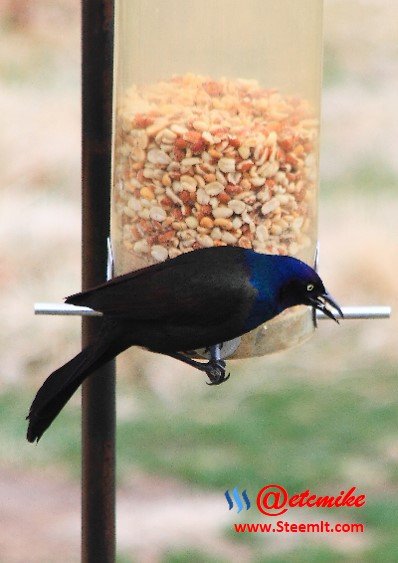
Original Photos
Range map for Common Grackles throughout North America.
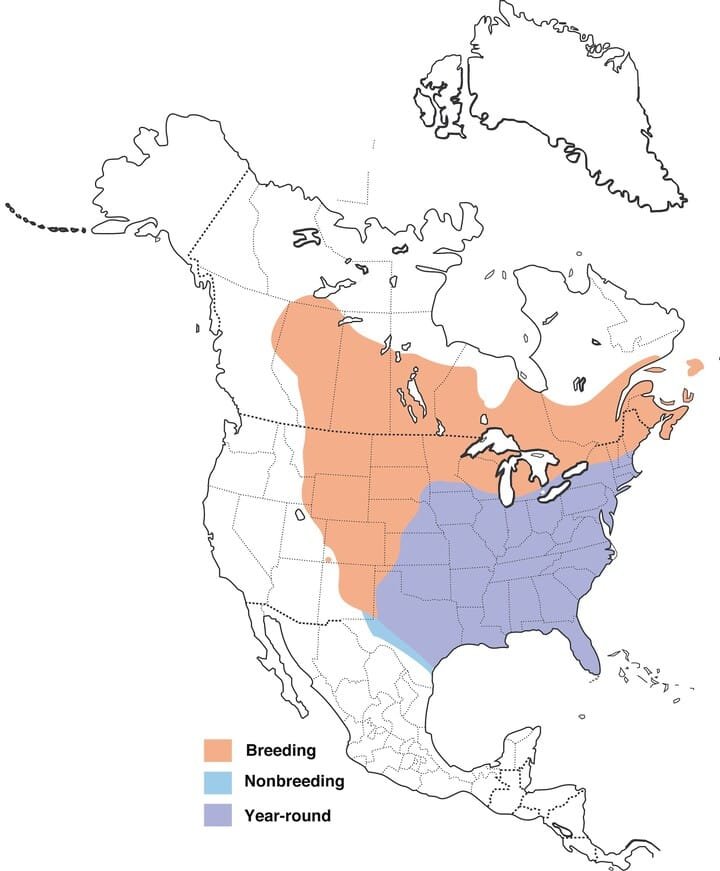
Image Source
You can learn more about the Common Grackle at the "All About Birds" webpage.
House Finch (Haemorhous mexicanus, ORDER: Passeriformes, FAMILY: Fringillidae)
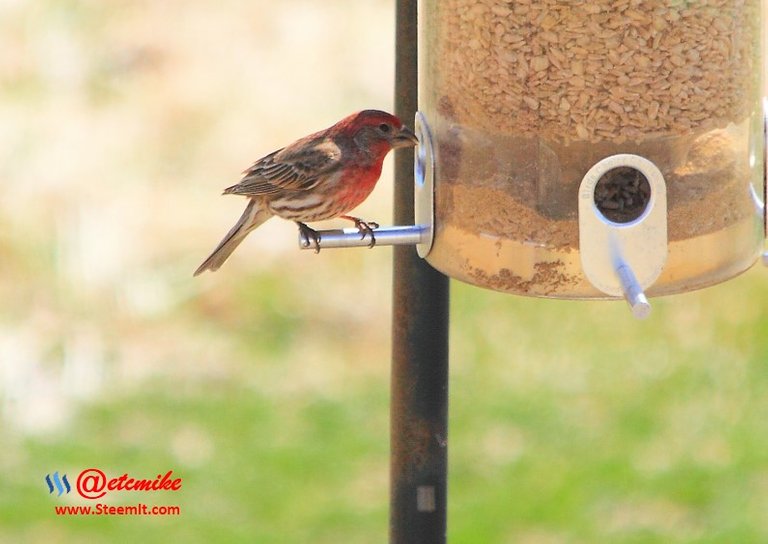
Original Photos
Range map for House Finches throughout North America.

Image Source
You can learn more about the House Finch at the "All About Birds" webpage.
Red-Bellied Woodpecker (Melanerpes carolinus, ORDER: Piciformes, FAMILY: Picidae)
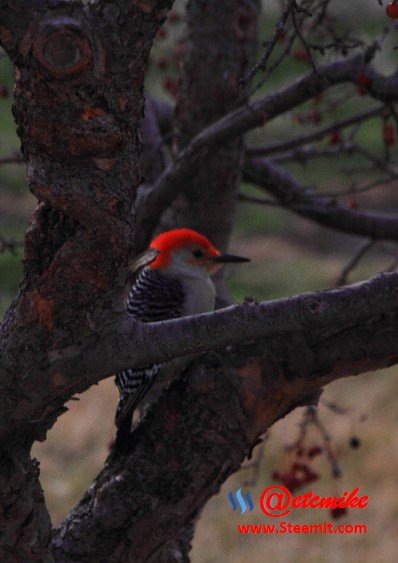
Original Photos

Original Photos
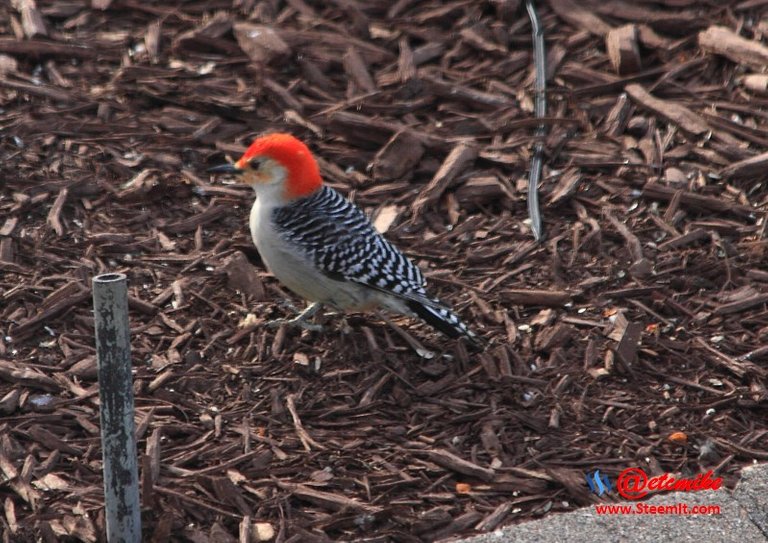
Original Photos
Range map for Red-Bellied Woodpeckers throughout North America.

Image Source
You can learn more about the Red-Bellied Woodpecker at the "All About Birds" webpage.
American Goldfinch (Spinus tristis, ORDER: Passeriformes, FAMILY: Fringillidae)
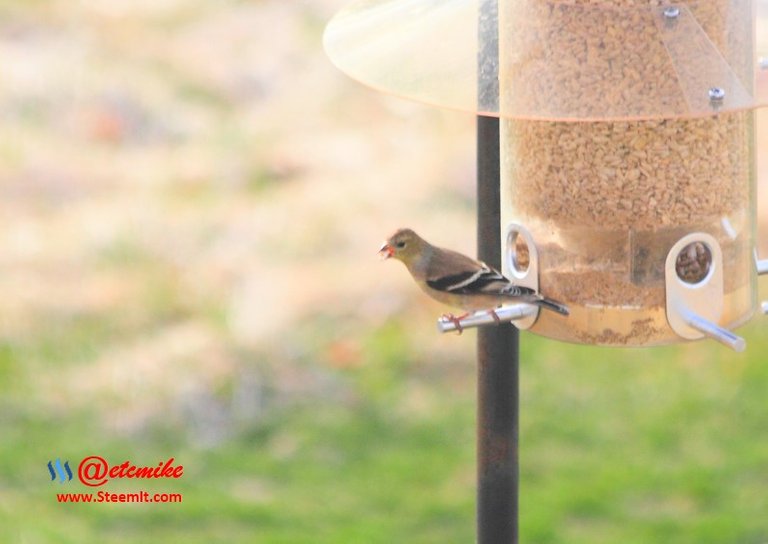
Original Photos
Range map for American Goldfinches throughout North America.

Image Source
You can learn more about the American Goldfinch at the "All About Birds" webpage.
Bird Counts
My bird counts for the two-day period.
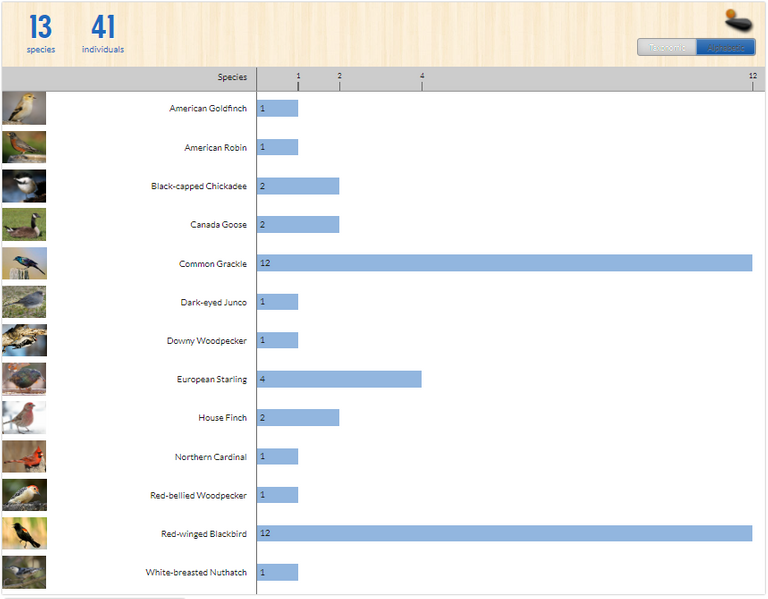
Snapshot from Project FeederWatch Bird Count Summary
Summary of Counts This Season

Snapshot from Project FeederWatch Bird Count Summary
Signing Up for a Season
Project FeederWatch is a great way to introduce children and adults to science and conservation through bird watching.
If you are interested in joining Project FeederWatch this season, you can learn more and sign-up at the Project FeederWatch website. During the season you will need to record your observations during two consecutive days each week.
Sources
Project FeederWatch -- Collecting Bird Counts for North American Continent
eBird -- Collecting Bird Counts from around the World
Crossley ID Guide -- For identifying the birds of North America
Use of Original Photos
The photographs in this post are free to be used by anyone as long as the photo credit is left on the photographs.
Equipment
Amazon Affiliate links provided to books and equipment for your convenience.
Amazing photos 😍. I am following you now to see more. Thanks!👍
Great photos and I love the range maps. I get all these birds at my feeder in Vermont plus a few like the red belly nuthatch and lately the white throated sparrow. I always look at the breeding/year round lines on the range maps. We have a few birds that seem interested in starting nests but no finished nests yet 🙂 This is our first year in Vermont so its exciting to see what visitors we get!
A few of the birds here are building nests around my house. A robin is building a next under my covered entry way (front porch).
The birds of spring really showed up this past weekend. Look for the photos in a week or so. I plan to feature the Yellow-headed Blackbird.
HIVE On,
Mike
👍Thank you for your helpful observations and information.
I could swear that I have seen them in my area opening holes in trees, thanks to this practice they are often called "carpenters". If they are not the same species they have an incredible resemblance.
thank you so much for sharing a great project, have a great day and a great week
thank you very much for sharing information about the project, have a good day and a great mood